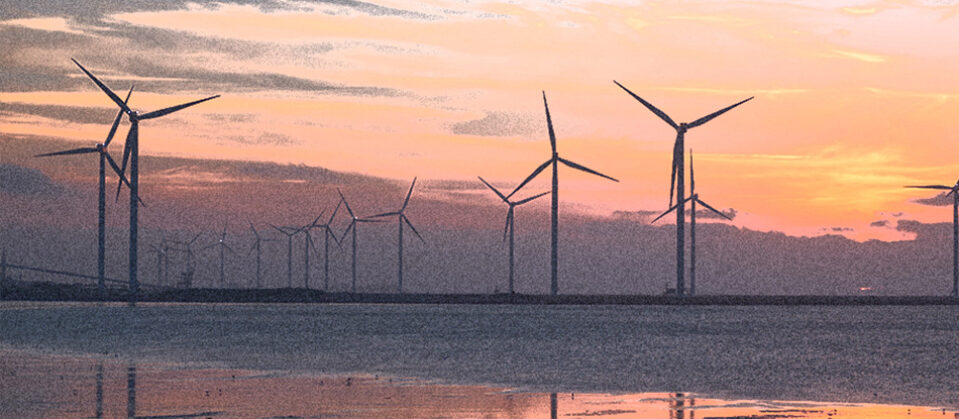A Whirlwind of Activity at Interior
Bethany Davis Noll (Executive Director) / May 20, 2021

The recent announcement that Vineyard Wind, a new offshore wind facility, received the permits needed to begin construction makes clear that the Department of the Interior is an agency to watch. The Department of the Interior has expansive responsibilities as the agency charged with overseeing management of the country’s vast natural resources. The agency has a role in safety at drilling sites, new offshore wind projects, wildlife protection, and oil, gas, and coal exploration on federal lands, among many other issues. Secretary Deb Haaland recently set up a climate task force by secretarial order to “develop a strategy to reduce climate pollution; improve and increase adaptation and resilience to the impacts of climate change; address current and historic environmental injustice; protect public health; and conserve Department-managed lands.” On many fronts, the agency is preparing the path forward to a clean energy future and unwinding harmful rules and decisions of the Trump era.
Vineyard Wind will be the first large-scale, offshore wind project in the United States, located off the coast of Massachusetts. The agency went through multiple rounds of public comment and held many public scoping sessions. The recent record of decision completing the project’s environmental review balances multiple factors and lays out where the huge turbines can be located, taking into account concerns about shipping channels, needs of fishing vessels, and the desire to lessen any impact on recreation and tourism. With innovation that has been occuring in Europe, the turbines can be placed far out at sea, and thanks to their size, generate the electricity to power 400,000 homes along with all the benefits of reducing greenhouse gas emissions and creating jobs.
Other wind projects are also proceeding. The Bureau of Ocean Energy Management announced it would begin work on an environmental impact statement for Revolution Wind, the joint venture of Danish power firm Ørsted and New England’s Eversource, which could raise up to 100 turbines off the coast of Rhode Island. On March 30, the Bureau of Ocean Energy Management announced a notice of intent to prepare an environmental review for the proposed 1,100 MW Ocean Wind project off the coast of New Jersey (the notice of intent can be read here).
And in the other areas of Interior’s management, much is happening as well. On the wildlife front, Interior recently published a proposed rule to reinstate protections for migratory birds. The Trump administration took the position that the Migratory Bird Treaty Act only prohibits intentional killings. Prior to that—and for many years and across administrations of both parties—the agency had said that unintentional killings (such as leaving large oil tanks uncovered when birds are known to land and die in the tanks) were also prohibited. The agency is proposing to again prohibit those incidental killings.
On leasing, Interior is planning to withdraw a late Trump-era proposal that sought to ease safety regulations for oil drilling off the Arctic coast. The proposal would have lengthened the drilling season in the area and weakened requirements for companies to keep a spare drilling rig nearby in case things go awry. The agency also delayed a January order allowing mining and other mineral leasing on more than 9 million acres of federal land in Alaska. And with a secretarial order, the agency revoked a Trump-era order lifting the Obama-era moratorium on federal coal leasing, while it further considers the environmental impact of those leases. The agency is pressing for a stay of pending litigation against that Trump-era decision, asserting that it does not anticipate taking any steps on coal lease sales within the next 110 days. But—as discussed further in the issues to watch below—plaintiffs are pressing for a decision nonetheless.
All of Interior’s work is being done in the face of intense pressure to act quickly to solidify a legacy of wise management of the nation’s natural resources. And with continuing court pressure, things could happen quickly.
This page was updated on November 21, 2023 to better meet our accessibility standards. To see the page as it was initially published, click here.
